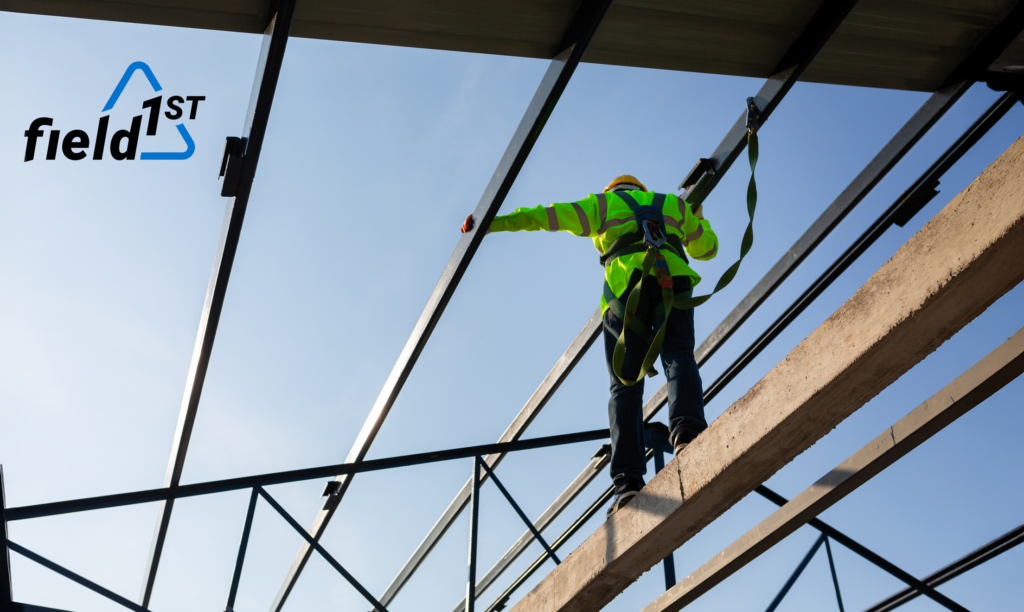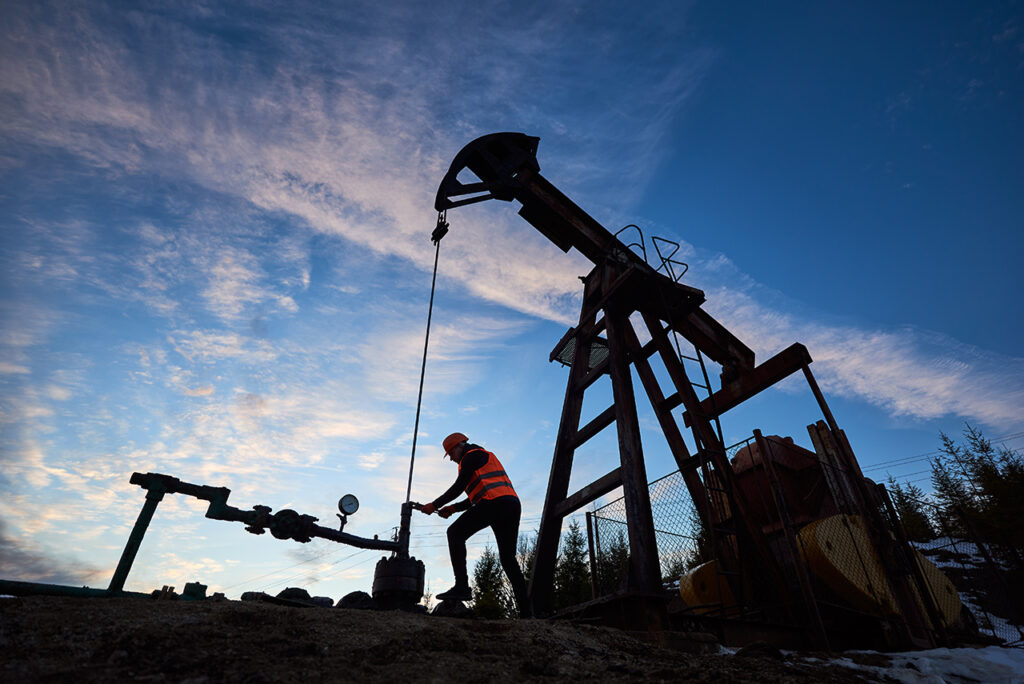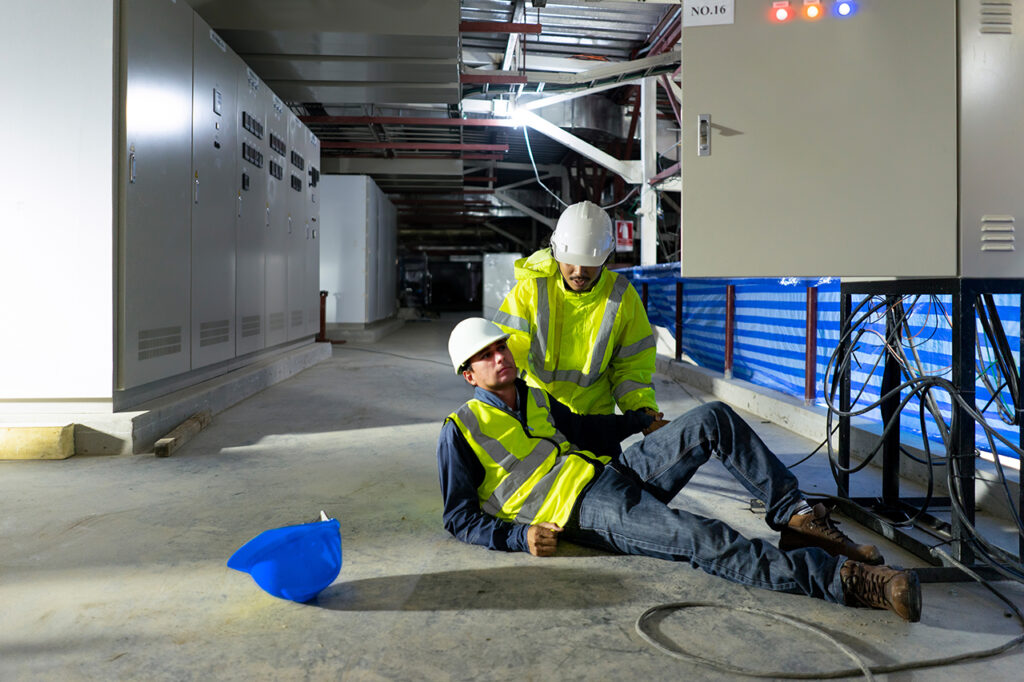Workplace safety is crucial, especially in high-risk industries. Ensuring a safe environment not only protects workers but also boosts productivity and morale. One effective way to achieve this is through OSHA risk assessment. These assessments help identify potential hazards in the workplace, allowing businesses to put measures in place to prevent accidents.
Understanding OSHA Risk Assessment
OSHA risk assessment is a systematic process used to identify and evaluate hazards in the workplace. Its primary goal is to find risks and implement measures to control or eliminate them. This assessment helps uncover potential dangers before they lead to accidents, ensuring a safer environment for everyone.
The role of OSHA risk assessments in identifying hazards is crucial. By thoroughly examining all aspects of the work environment, these assessments can pinpoint specific threats. Whether it’s equipment, processes, or even ergonomic issues, identifying these hazards early allows businesses to address them proactively. This reduces the likelihood of accidents and injuries, helping to maintain a safer workplace.
Fitting OSHA risk assessments into safety management systems is essential for comprehensive safety planning. These assessments provide the information needed to develop effective safety policies and procedures. Integrating them into regular operations ensures continuous monitoring and improvement of workplace safety. This systematic approach helps create a culture of safety where everyone understands the importance of identifying and managing risks.
Key Components of an Effective Risk Assessment
Conducting a thorough risk assessment involves several key steps. Here’s a basic list to guide the process:
- Identifying Hazards: Examine the workplace to find anything that could cause harm.
- Evaluating Risks: Determine the potential impact of each hazard and how likely it is to happen.
- Implementing Controls: Put measures in place to eliminate or reduce risks.
- Reviewing and Updating: Regularly review and update the assessment to ensure it remains effective.
Each step in the process plays a vital role. Identifying hazards is the first and most critical step. It involves looking at every aspect of the workplace, from machinery to work practices, to find potential dangers. Evaluating risks involves assessing both the severity of potential harm and the likelihood of its occurrence. This evaluation helps prioritize which hazards need immediate attention.
Control measures are essential for mitigating risks. These can include anything from changing work processes to using protective equipment. The goal is to either remove the hazard or reduce its impact. Regular review and updating ensure that the risk assessment stays relevant and continues to protect workers as conditions change.
Employee involvement is crucial for an effective risk assessment process. Workers often have firsthand knowledge of potential hazards in their daily tasks. Their input can provide valuable insights that might be overlooked otherwise. Involving employees also fosters a sense of ownership and responsibility for workplace safety, encouraging a more vigilant and proactive safety culture.

Benefits of OSHA Compliance in High-Risk Industries
OSHA compliance plays a vital role in reducing accidents and injuries in high-risk industries. When companies follow OSHA guidelines, they are more likely to identify and control hazards before they cause harm. This proactive approach not only ensures a safer workplace but also helps protect employees from serious injuries.
The financial benefits of OSHA compliance are significant. Companies that adhere to safety regulations can often reduce insurance costs. Lower injury rates mean fewer claims and, therefore, lower premiums. Additionally, compliance helps avoid costly fines and penalties that can arise from safety violations. By investing in safety measures upfront, businesses save money in the long run.
OSHA compliance also boosts employee morale and retention. A safe workplace shows employees that their well-being is valued. When workers feel safe, they are more likely to stay with the company and be more productive. This positive environment fosters loyalty and reduces turnover, which can be costly and disruptive to operations.
Leveraging AI for Enhanced Risk Assessment and Compliance
AI tools are transforming how companies approach risk assessment and compliance. These tools can predict and identify risks in real time, providing immediate insights that help prevent accidents. For example, AI-powered sensors can monitor equipment and processes continuously, alerting managers to potential hazards before they escalate.
Integrating AI into safety systems allows for continuous monitoring and data analysis. This technology can analyze vast amounts of data quickly, spotting patterns and trends that humans might miss. This leads to more accurate risk assessments and more effective safety measures. AI can also automate tedious tasks, freeing up personnel to focus on more critical safety matters.
AI can streamline training and ensure ongoing compliance. By using AI-driven platforms, companies can deliver personalized training programs that address specific risks identified in the workplace. These programs can be updated regularly to reflect new safety standards and regulations. This approach ensures that employees are always aware of the latest safety protocols, maintaining a high level of compliance across the board.

Conclusion
Effective OSHA risk assessments are essential for maintaining safety and compliance in high-risk industries. By identifying and controlling hazards, businesses can reduce accidents, save money, and improve employee morale. Leveraging AI technology further enhances these efforts, providing real-time insights and continuous monitoring to keep the workplace safe.
Creating a culture of safety is not just about following regulations. It’s about caring for employees and ensuring they have a secure environment in which to work. With AI tools, businesses can take their safety programs to the next level, making the risk assessment process more efficient and effective.
Field1st is here to help you revolutionize your safety management with cutting-edge AI solutions. Discover how our tools can enhance your OSHA risk assessment and compliance efforts. Reach out to us today to learn more about creating a safer and more compliant workplace.




